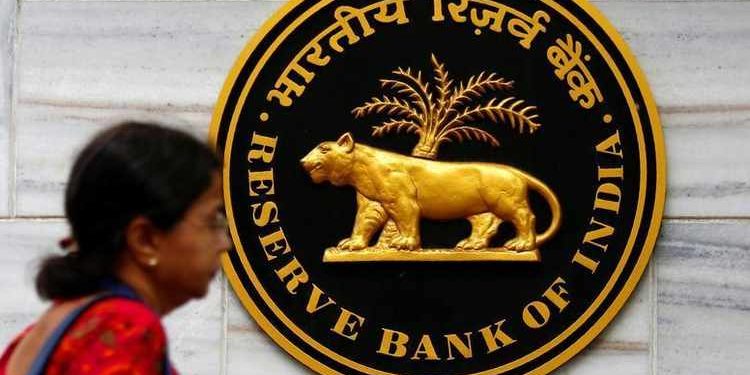Mumbai: The Reserve Bank of India (RBI) Monday said it will inject long-term liquidity worth $ 5 billion into the banking system through dollar-rupee buy-sell swap for a tenure of three years on April 23, the second such auction within a month.
Earlier on March 26, the central bank had bought $ 5 billion through similar swap auction in a bid to ease liquidity ahead of elections.
“In order to meet the durable liquidity needs of the system, the RBI has decided to inject Rupee liquidity for longer duration through long-term foreign exchange Buy/Sell swap in terms of its extant Liquidity Management Framework,” the RBI said in a statement.
The $/INR Buy/Sell swap auction of $ 5 billion for tenor of three years will be held on April 23, 2019, it said.
The swap will be in the nature of a simple buy/sell foreign exchange swap from the Reserve Bank side. Under the swap, a bank would sell US dollars to the RBI and simultaneously agree to buy the same amount of US dollars at the end of the swap period.
The US Dollar amount mobilised through this auction would also reflect in RBI’s foreign exchange reserves for the tenor of the swap while also reflecting in RBI’s forward liabilities, it added.
It further said the market participants would be required to place their bids in terms of the premium that they are willing to pay to the RBI for the tenor of the swap, expressed in paisa terms up to two decimal places.
The auction would be a multiple-price based auction — successful bids will get accepted at their respective quoted premium.
The minimum size of each bid should be $ 10 million and in multiples of $ 1 million thereafter.
The swap will increase India’s foreign exchange reserves while injecting liquidity into the financial system.
The auction is meant to give RBI greater flexibility in managing banking system cash while helping absorb any potential large dollar inflows, which could make the rupee rise sharply.
RBI ALTERS BAD LOANS DIVERGENCE RULE: The Reserve Bank of India (RBI) said on Monday banks should disclose bad loan divergences if the additional provisioning has exceeded 10 percent of the company’s profit before provision and contingencies.
The central bank altered the additional provisioning requirements, which previously stated that banks should disclose divergences if the provisioning has exceeded 15 percent of net profit after tax.
However, the RBI did not change any rules that permit lenders to reveal divergences if the additional gross non-performing asset (NPA) exceeded 15 percent of the reported incremental gross NPAs.
—pti







































